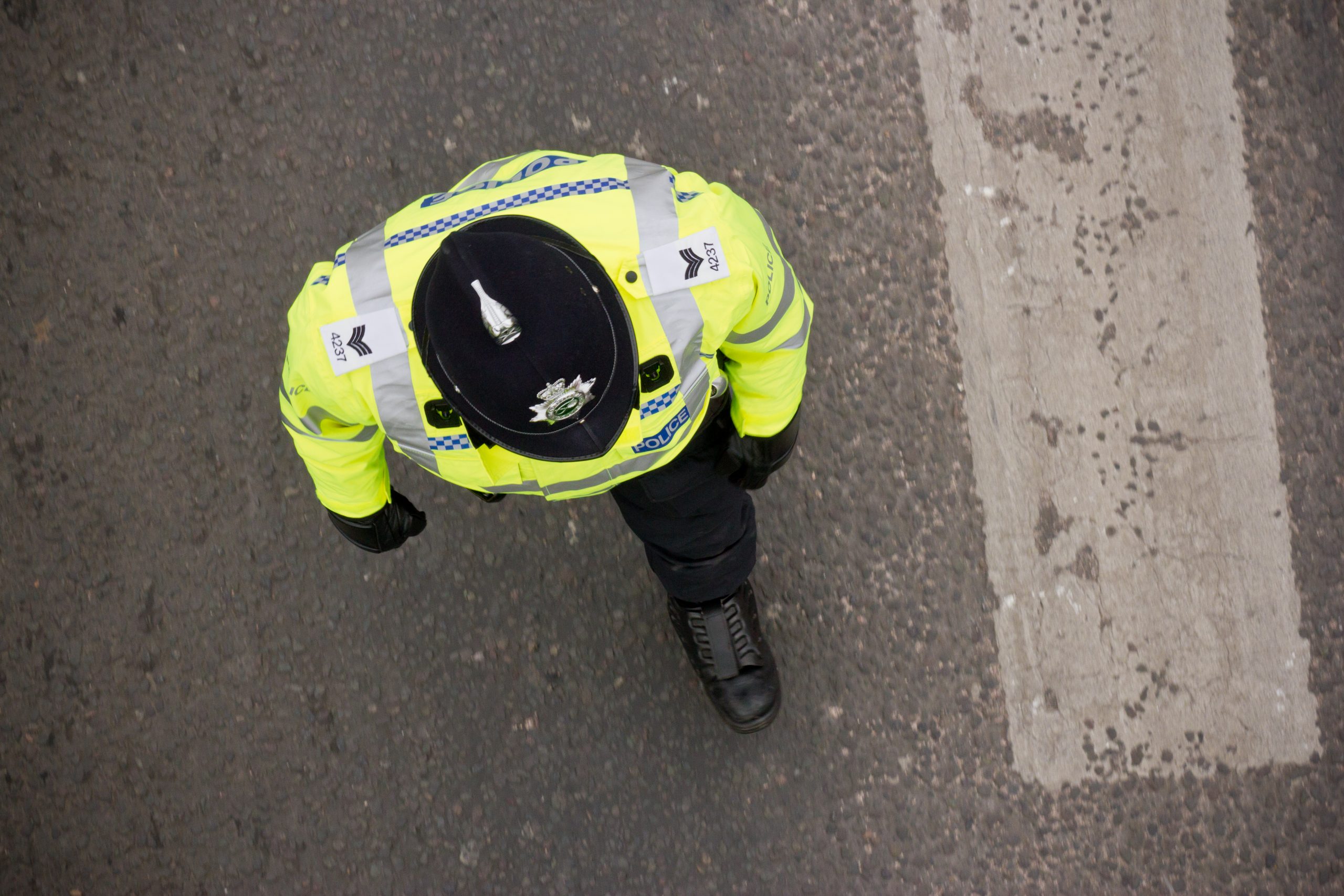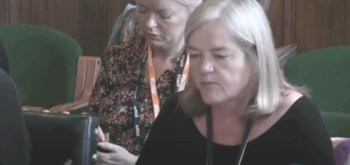The practice of sending unsolicited sexual images to people via social media or other data sharing services is set to become a criminal offence. According to the Ministry of Justice (here), ministers have confirmed that laws banning cyberflashing will be included in the government’s upcoming Online Safety Bill.
The reforms mean that anyone who sends a photo or film of a person’s genitals, for the purpose of their own sexual gratification or to cause another person humiliation, distress or alarm, will face a maximum sentence of up to two years in prison, in line with the maximum penalty for the offence of indecent exposure.
‘Protecting women and girls is my top priority which is why we’re keeping sexual and violent offenders behind bars for longer, giving domestic abuse victims more time to report assaults and boosting funding for support services to £185m per year,’ said Justice Secretary Dominic Raab. ‘Making cyberflashing a specific crime is the latest step – sending a clear message to perpetrators that they will face jail time.’
Criminal justice practitioners and academics have criticised existing laws surrounding communications offences on the grounds that they failed to hold perpetrators to account and contributed to gaps in the reporting and recording of offences. In his ten-year review of policing in England and Wales, outgoing Chief Inspector of Her Majesty’s Inspectorate of Constabulary Sir Thomas Winsor tacitly acknowledged that if ‘the police persist in using 20th-century methods to try to cope with 21st-century technology and ways of life, they will continue to fall further and further behind’ in the investigation and prosecution of related offences.
A 2020 study by Professor Jessica Ringrove previously found that 76% of girls aged 12-18 had been sent unsolicited nude images of boys and men, and that legal loopholes surrounding revenge porn meant that ‘agencies mostly deal with child sex abuse and taking down publicly posted images, not other forms of peer-to-peer sexual harassment.’
The move to create a new cyberflashing offence in the law also follows on from a review conducted by the Law Commission which recommended that a new offence be created. In its final report (Modernising Communication Offences), the commission argued that the ‘criminal laws predating widespread internet and mobile telephone use’ that address online communication offences – namely section 1 of the Malicious Communications Act 1998 and section 127 of the Communications Act 2003 – ‘are now of inconsistent application’.
‘First, the laws under-criminalise. Many culpable and damaging communications are left without appropriate criminal sanction,’ said the Law Commission. ‘Secondly, the offences over-criminalise. The scope of the existing offences permits prosecutions that, absent the careful prosecutorial guidance we have seen, would be so great in number as to swamp the criminal justice system, and may nonetheless constitute an unjustifiable interference in freedom of expression.’
In response to the new cyberflashing offence, commissioner at the law reform group Professor Penney Lewis said: ‘Whilst the online world offers important opportunities to share ideas and engage with one another, it has also increased the scope for abuse and harm. Reports of cyberflashing are rising worryingly. This offence will close loopholes in the existing law and ensure that cyberflashing is treated as seriously as in-person flashing.’







